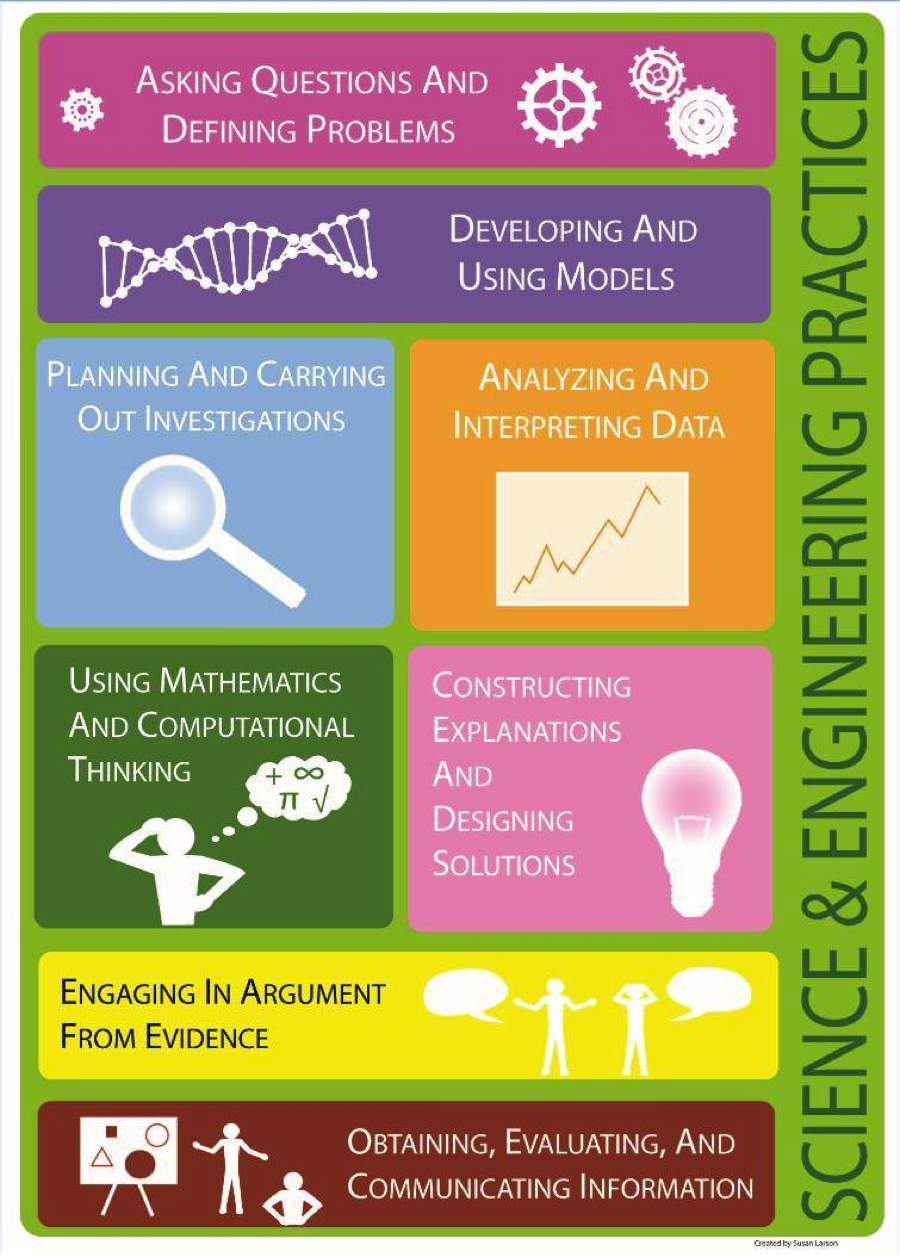

I wrote the following poem on the board and we read it together, listening for the rhythm:įirst I had them read through the poem, showing with their hands or their heads the rhythm of the poem. Other children mentioned the rhyme scheme.

Someone mentioned that lines 1,2, and 5 are the same, and 3 and 4 are the same. To begin the lesson, I asked what they remembered about limericks, and they remembered quite a bit. I did some research and found a bunch of Christmas-themed limericks at and.
#Usoe songbook plus
I found out from the class’s teacher that they had worked on limericks a few weeks ago, which was perfect. Limericks have a lot of natural rhythm, plus they are SUPER FUN to write. With some help from my mentor, I determined to have the class write a poem and then come up with rhythmic/sound accompaniment for it. You can watch the kids themselves perform their creation.įor my last two days of teaching, I was really hoping to include some music creation, and poetry writing to integrate with Language Arts. Santa could make his famous “Ho, ho, ho!” After the first line after the second line we could make a sound like we were slurping up fanta the third line deserved a squeal from the squashed gecko, the fourth a decrescendoing “echo, echo, echo ” and lastly, Santa would call out to his reindeer, “I’m Stuck!” The students voted, and most preferred the sound effects option. I made a suggestion that we could either stick with this rhythm and practice it until we got it, or we could try something else: we could have sound effects as our accompaniment, instead. This worked a little better with fitting into the poem, but it was too quick for the kids to feel comfortable with. So, we tried emphasizing a third note or rest by a stomp. One problem with the word “gecko” is that it’s difficult to work a two-note rhythm into a 6/8 meter (which is what limericks are in). We tried some of the options, splitting up the class and having one side do the rhythm while the other read the poem. Then we reviewed all the options of ways we could make the “gecko” rhythm with our bodies. We voted, and the class chose “Gecko” to be our background rhythm. Students suggested “jolly old Santa,” “Gecko,” “Atlanta,” or “Santa got fat.” We tried what a few of them might look like as a rhythm that we could do with our bodies: clapping, snapping, etc. We read the poem again, looking for words that might be good to use as an underlying ostinato. I introduced the idea of creating a rhythmic accompaniment for our poem. One student suggested that sometimes drums can accompany, or a guitar. I gave the example of how yesterday I played the piano for my sister while she sang: I accompanied for her. What is it? Music in the background of something more important. He squashed his pet gecko, who made a big echo, in a chimney in northern Atlanta. Again after some discussion and voting, we ended up with this poem: This Christmas our jolly old Santa Got fat ’cause he drank too much Fanta. To continue the writing process, we read through it and thought about possible revisions we could make.

He had a pet gecko, who made a big echo in a chimney in northern Atlanta. Today we pulled back out our limerick from last time: This Christmas our jolly old Santa Got fat ’cause he drank too much Fanta.


 0 kommentar(er)
0 kommentar(er)
